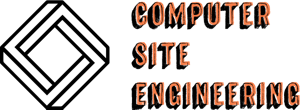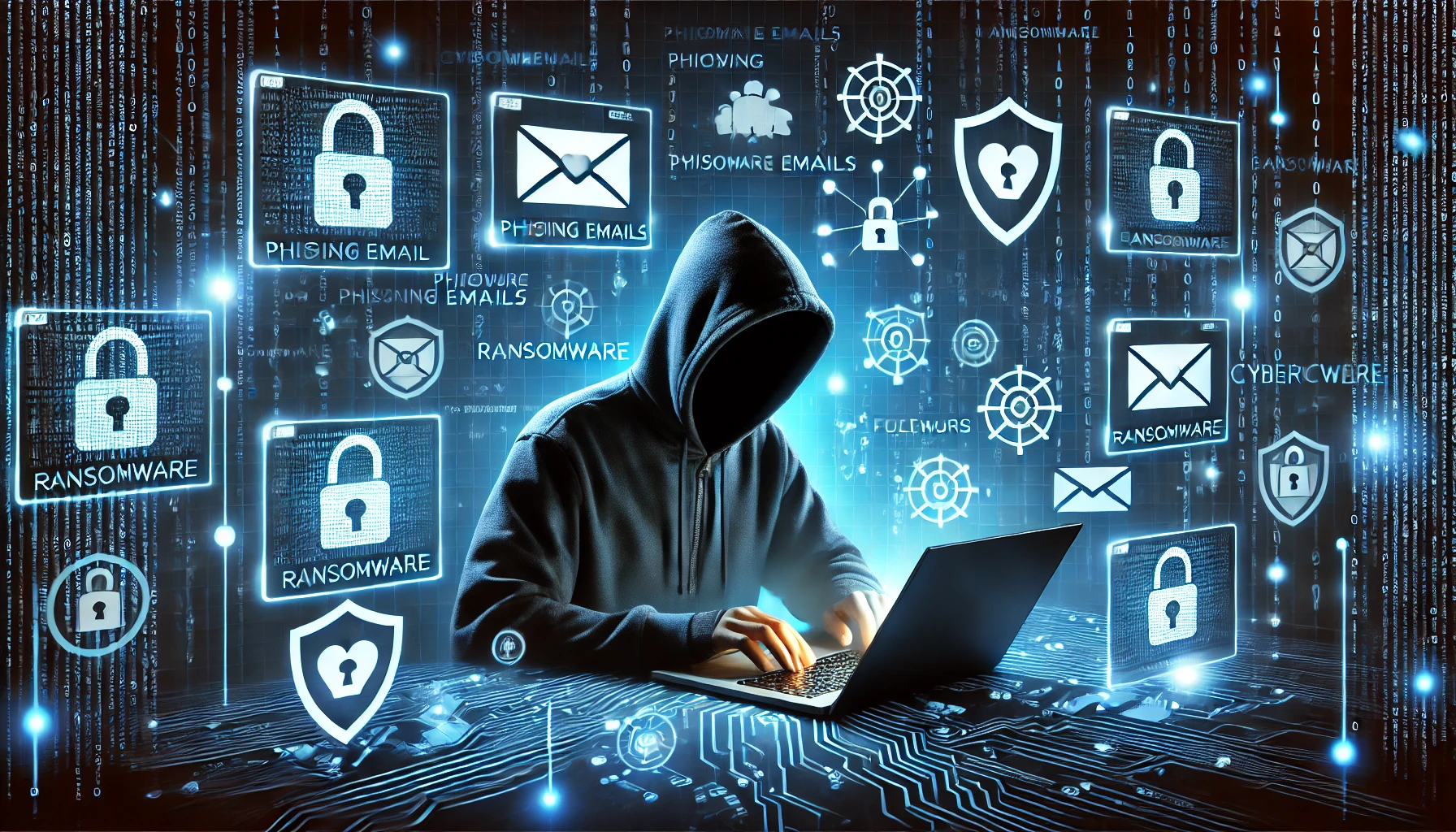Introduction
In today’s digital age, cyberattacks are a growing concern for individuals, businesses, and governments worldwide. Hackers, cybercriminals, and malicious attackers constantly seek ways to exploit vulnerabilities in computer systems to steal data, disrupt operations, or cause financial losses. But who are these attackers, what motivates them, and how can you protect yourself? This article explores the world of cyber threats, the types of attackers, and essential cybersecurity measures to stay safe.
Who Are Computer Attackers?
Cyber attackers, also known as threat actors, are individuals or groups who attempt to exploit weaknesses in computer systems, networks, or applications for malicious purposes. Their motives range from financial gain to political agendas and personal vendettas.
Types of Cyber Attackers
1. Black Hat Hackers
These are malicious hackers who break into systems illegally to steal information, spread malware, or cause damage. They often sell stolen data on the dark web or demand ransom from victims.
2. Script Kiddies
Script kiddies are inexperienced attackers who use pre-made hacking tools to launch attacks. Though they may lack advanced skills, they can still cause significant disruptions, especially in large-scale cyberattacks.
3. State-Sponsored Hackers
Governments often employ elite hacking groups to carry out espionage, disrupt enemy infrastructure, or gain intelligence on foreign nations. These attackers have access to advanced resources and technology.
4. Hacktivists
Hacktivists use cyberattacks as a form of protest against corporations, governments, or organizations. Groups like Anonymous have carried out attacks to promote political or social causes.
5. Insider Threats
Sometimes, employees, contractors, or business partners pose a cybersecurity risk by leaking sensitive information or deliberately sabotaging systems.
Common Cyberattack Methods
Understanding attack methods can help you recognize potential threats and take preventive measures.
1. Phishing Attacks
Phishing involves fraudulent emails, messages, or websites that trick users into revealing personal information, such as passwords or credit card details.
2. Malware and Ransomware
Malicious software (malware) infects computers to steal data, spy on users, or cause damage. Ransomware encrypts files and demands a ransom to restore access.
3. Denial-of-Service (DoS) Attacks
These attacks overwhelm a website or network with excessive traffic, making it inaccessible to legitimate users.
4. Man-in-the-Middle (MITM) Attacks
Hackers intercept and manipulate communications between two parties to steal sensitive data, often through public Wi-Fi networks.
5. Zero-Day Exploits
Cybercriminals exploit unknown software vulnerabilities before developers release a fix, making them particularly dangerous.
How to Protect Yourself from Cyberattacks
Cybersecurity is essential for individuals and businesses alike. Here are practical steps to safeguard your data and devices.
1. Use Strong, Unique Passwords
- Create complex passwords with a mix of letters, numbers, and symbols.
- Use a password manager to store and generate secure passwords.
2. Enable Two-Factor Authentication (2FA)
2FA adds an extra layer of security by requiring a second verification step, such as a one-time code sent to your phone.
3. Keep Software and Systems Updated
- Install the latest security updates for operating systems, applications, and antivirus software.
- Enable automatic updates whenever possible.
4. Be Wary of Phishing Attempts
- Never click on suspicious links or email attachments.
- Verify the sender’s identity before sharing sensitive information.
5. Secure Your Internet Connection
- Avoid using public Wi-Fi without a VPN (Virtual Private Network).
- Use encrypted connections (HTTPS) when browsing sensitive websites.
6. Backup Important Data Regularly
- Store backups in multiple locations, including cloud storage and external drives.
- Ensure regular automatic backups for critical files.
7. Educate Yourself and Stay Informed
- Stay updated on emerging cyber threats and security best practices.
- Follow trusted cybersecurity blogs and government advisories.
Conclusion
Cyberattacks are an ever-present threat, but understanding how attackers operate and implementing strong security measures can significantly reduce the risk. Whether you’re an individual, a business owner, or part of a larger organization, cybersecurity awareness is crucial in today’s digital landscape.
Take action today by strengthening your passwords, enabling 2FA, and keeping your systems updated. Staying vigilant and proactive can protect you from falling victim to cybercriminals. Stay safe online!

Caleb Carlson is a contributing writer at Computer Site Engineering, specializing in computer technology, software trends, and hardware innovations. His articles simplify complex tech topics, making them accessible to readers of all levels.





